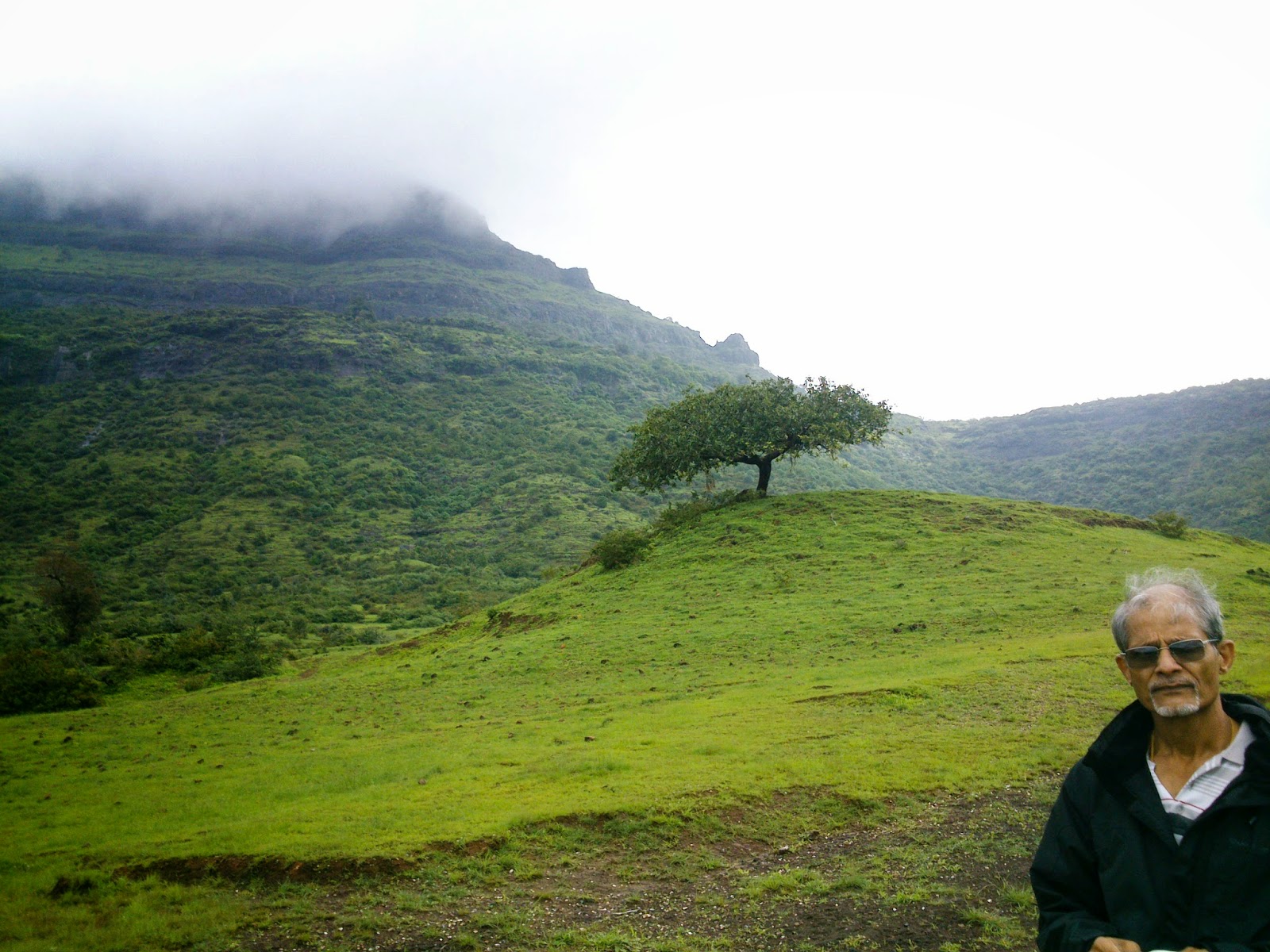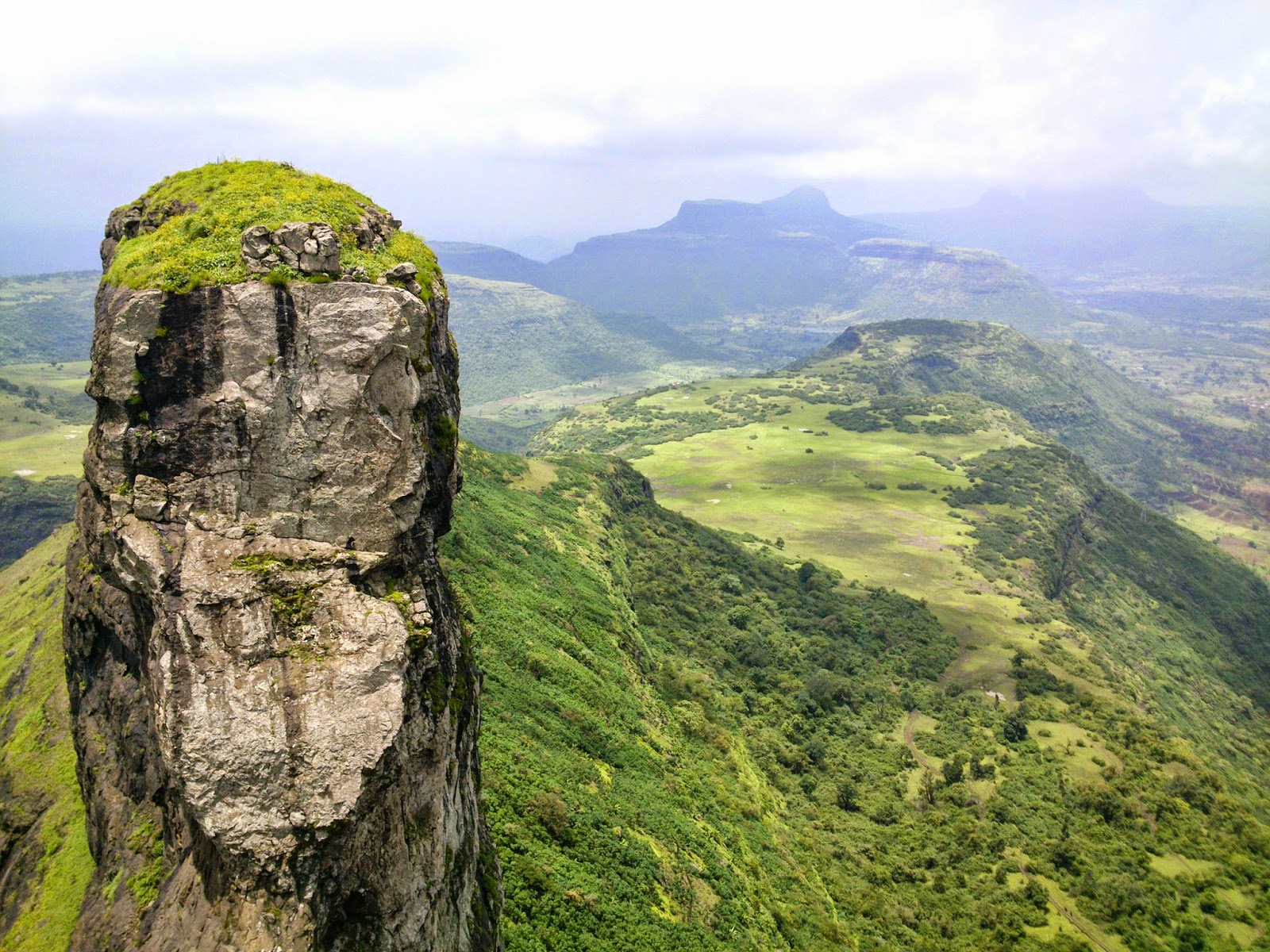Early September saw rains lashing my part of the world and
the weekend seemed to be conducive for a wet hike. So on a Saturday I set out
by train to Khopoli to join my uncle and cousin for a trek to Gherasurgad or
Surgad as it’s also known. I had read about this lesser known fort only from online
blogs and so was excited to visit it.
From Khopoli, the road was initially quite bad (even though
the Imagica theme park lies along this route). Luckily the road improved and turned
picturesque as we drove towards Pali. From Pali we joined the Bombay-Goa road
and ahead of Nagothane took a detour (from Khamb) to the village of Vaijnath that lies at
the base of the fort.
Surgad is not a high fort (about 1800 ft) and lies detached
from the main Sahyadri range. It is surrounded by thick forest on all sides. We
started climbing around eleven; the rains had vanished but it was mildly
cloudy. Further it had rained earlier so everywhere there was the pleasant
sound of running water; soon even our path had become a mini-waterfall.
The route was beautiful and shaded by trees. Skipping across
lush paddy fields, we entered a forested route. The route eventually reaches a
plateau. First there is a rocky clearing and then one re-enters the forest,
reaching a point where there is a board announcing directions. A path
demarcated by stones on either side, moves towards the cliffs which gave
natural fortification to the fort. A gully with cliffs on either side has to be
negotiated and there is a patch that is tricky when wet. There must have steps
at one time here but they have been blasted. Remnants of steps lie on the top
and one reaches an idol of a Hanuman with moustaches.
From here on one can explore the fort. We stopped at this
point to gaze views of the other side of the fort; we could see the river
Kundalika snaking through the green countryside. The top of the fort was
covered with really tall grass, it was higher than our heads at places and
completely obscured the path. However it was beautiful and peaceful at the top
with interesting relics of the path; an impressive bastion, a carved tablet, a
small ‘lingam’ of Shiva, some water tanks....
The fort somehow reminded me of Sudhagad which is not too
far away from Surgad. Both forts have such beautiful surroundings that they are
an absolute treat to visit and explore in the monsoon; I highly recommend them
to novice trekkers. We spent some time by the edge of the fort, having lunch
and listening to the breeze drifting through the overgrown grass and that is
the way I will always remember this trek!
 |
| Overgrown grass on Ghersurgad |
Link to pics:
https://picasaweb.google.com/115394767952469723630/Gherasurgad

























